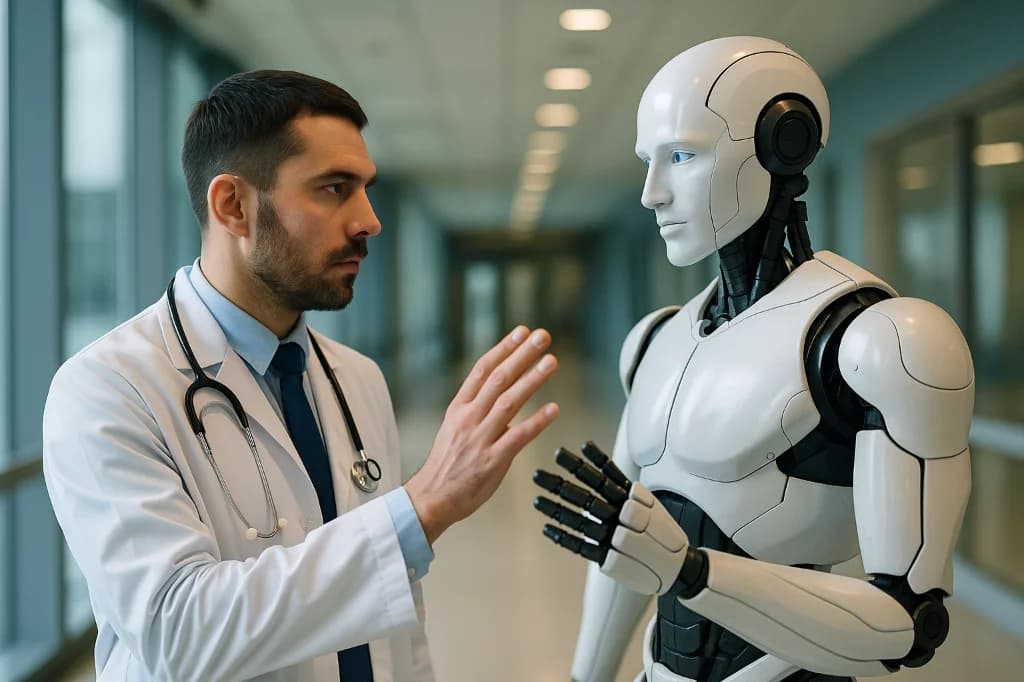
OOlivia Carter
Agriculture
How Urban Farming is Changing the Food Industry
Cities are growing every year. More people now live in urban areas than in villages. This change creates pressure on the food supply chain. Traditional farming happens far away from cities. Transport takes time and adds cost. Urban farming is now becoming a solution. It brings food production closer to the people who need it.The Rise of Urban FarmingUrban farming is farming within city spaces. It can be rooftops balconies or empty lots. Many people are turning to this method. It allows fresh food to reach markets quickly. It also uses less space compared to large farms. Hydroponics aquaponics and vertical farming are popular methods. These systems work without soil and need less water.Benefits for CitiesUrban farming provides many benefits. First it gives fresh food at a lower cost. Second it reduces the need for long transport. Third it lowers the carbon footprint of the food industry. Additionally it creates jobs for city residents. Moreover it teaches people about healthy eating and sustainability.Technology in Urban FarmingTechnology makes urban farming possible. LED lights support indoor growth. Sensors track water and nutrients. AI tools monitor plant health. Drones can help check large vertical farms. These innovations increase yield and reduce waste. Farmers can grow food all year without depending on weather.Impact on the Food IndustryThe food industry is adapting to urban farming. Supermarkets now partner with local rooftop farms. Restaurants use herbs and vegetables grown nearby. Supply chains are becoming shorter. This means fresher food and fewer middlemen. Urban farming also inspires new business models. Food companies now invest in vertical farm startups.Challenges of Urban FarmingUrban farming is not without challenges. Land in cities is expensive. Energy costs for indoor farms can be high. Knowledge and training are also needed. Without proper management crops may fail. However many startups are solving these issues with new designs and renewable energy.The Future of Urban FarmingThe future looks promising. Cities may have farms built into skyscrapers. Communities may share vertical farms in their neighborhoods. Governments may support these projects to fight food insecurity. With technology prices may go down. Urban farming could become a normal part of city life.ConclusionUrban farming is more than a trend. It is reshaping the food industry. It brings farms closer to homes. It makes food fresher cleaner and more sustainable. Although challenges remain progress is steady. As cities grow urban farming will play a key role in feeding the future.

DDavid Miller
Technology
The Future of Artificial Intelligence in Healthcare
Artificial Intelligence is changing every part of life. Healthcare is one of the biggest areas of growth. AI is now moving from experiments to real applications. Hospitals and clinics are starting to trust these systems. The future looks even bigger. Doctors and patients both can benefit. AI can help with speed accuracy and lower costs.AI in DiagnosisDiagnosis is one of the hardest parts of healthcare. Doctors spend years learning patterns. Still mistakes happen. AI can help reduce these errors. Machine learning models can scan x-rays and MRIs. They can highlight early signs of cancer or brain disease. These tools are not replacing doctors. Instead they act as partners. They bring a second opinion in seconds. This saves time and lives.AI in Drug DiscoveryDrug discovery is expensive and slow. Many years are spent in trials. AI can reduce this time. It can scan large data from labs and medical journals. It can predict which molecules may fight diseases. This allows faster testing. Companies already use AI to develop drugs for rare conditions. In the future more medicines may reach patients in record time.AI in Personalized MedicineEvery patient is different. Standard treatments do not always work for all. AI can help design custom plans. It can look at patient history genetics and lifestyle. Then it suggests the best treatment. This is called personalized medicine. It makes treatment more effective. It also reduces side effects. Many cancer patients may benefit from this approach.AI in SurgeryRobotic surgery is already used in some hospitals. Surgeons control robots with high precision. AI can take this further. It can guide surgeons in real time. It can analyze patient data during surgery. It can alert if there is a risk. This improves safety. Patients may recover faster due to less invasive methods.AI in Patient MonitoringWearable devices are very popular. They track heart rate blood sugar and sleep. AI can analyze this data and warn patients early. For example if blood sugar is rising the system can send an alert. This helps patients take action before it becomes serious. Doctors also get reports without long visits. Remote monitoring will be more common in the future.AI in Administrative TasksDoctors spend a lot of time on paperwork. AI can handle these tasks. It can schedule appointments and manage records. It can even answer patient questions through chatbots. This gives doctors more time for patients. Hospitals can also save costs by using AI assistants.Challenges of AI in HealthcareAI is powerful but there are challenges. Data privacy is a big concern. Patient records must stay safe. Wrong data can lead to wrong results. Doctors must still make final decisions. Training staff to use AI tools is also important. Without trust these systems will not succeed. Regulations will play a big role in the future.Future OutlookThe future of AI in healthcare looks bright. More hospitals will use AI systems. Patients will enjoy faster diagnosis and better treatments. Costs may go down. However safety and ethics will remain important. Governments and companies must work together. If done well AI may transform healthcare completely.ConclusionAI is not just a tool. It is becoming a partner in healthcare. From diagnosis to surgery AI supports doctors and patients. The journey is still at the beginning. However the progress is fast. The future promises safer faster and smarter healthcare for all.